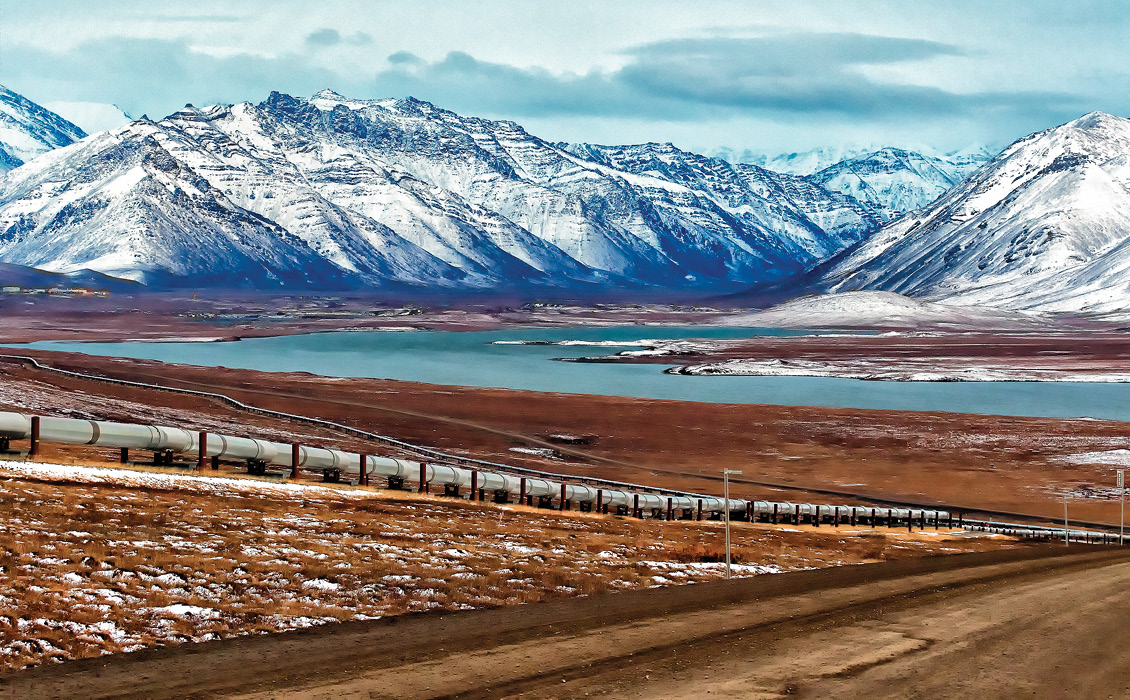The Bureau of Land Management, part of the Department of the Interior, announced on April 25 that the US administration under President Biden is removing almost 50% of the 23-million-acre National Petroleum Reserve in Alaska (NPRA) that’s home to wildlife like caribou and polar bears, from oil and gas exploration. This reverses a policy introduced by the Trump administration that permitted oil and gas development on around 80% of the NPRA and comes after the number of permits approved by the Bureau of Land Management for drilling on public lands declined to its lowest number under the Biden administration earlier this year.
This leaves some 11 million acres, or around 48% of the area, and this remaining land will be closed off to oil and gas leasing. This change in policy effectively means the resurrection of the previous Obama administration plan. That policy allowed oil and gas exploitation in over 50% of the reserve, compared to the Trump administration’s plan to open 82% of the land to drilling. It will also reinstate important environmental protections for designated areas of the reserve, including Teshekpuk Lake, a wetland complex that is uniquely rich with wildlife.
The NPRA constitutes the United States’ largest area of public land and is located on the North Slope of Alaska. This extensive area is owned by the US federal government and is managed by the Department of the Interior.
This decision comes at a time when energy security is a key issue in the West, having been further exacerbated by Russia’s invasion of Ukraine and increasingly volatile global energy prices.
Estimates by the US Energy Information Administration suggest that oil and gas production on the NPRA has the potential to release over 5 billion metric tons of CO2 into the atmosphere, roughly equivalent to the amount of carbon released in the entire US in 2019.






